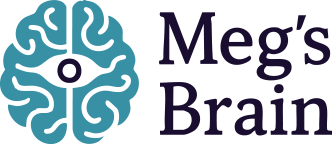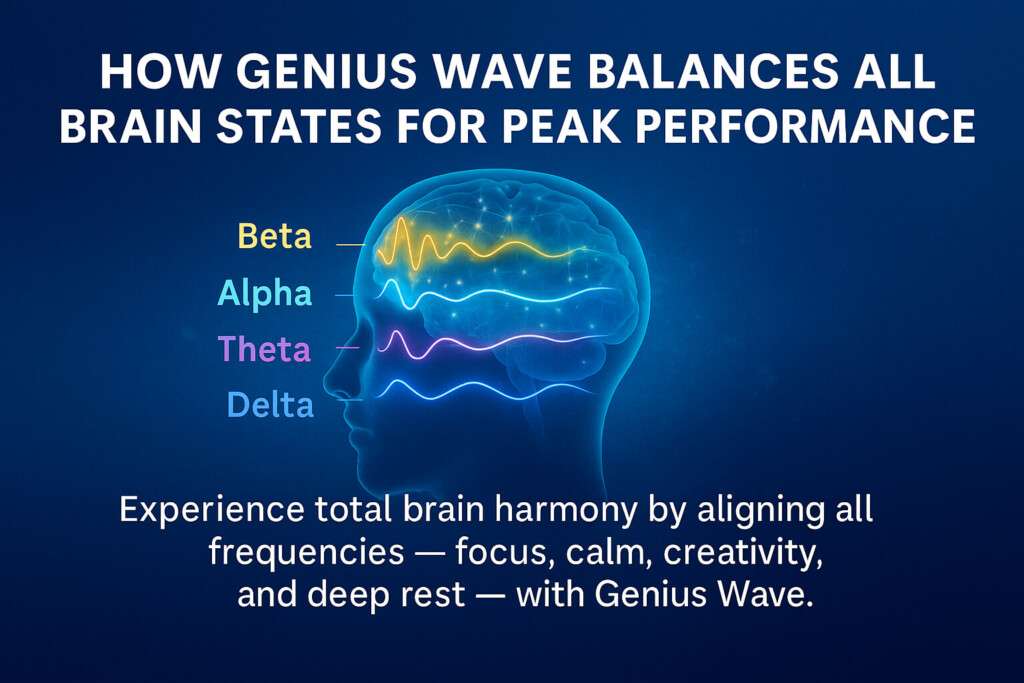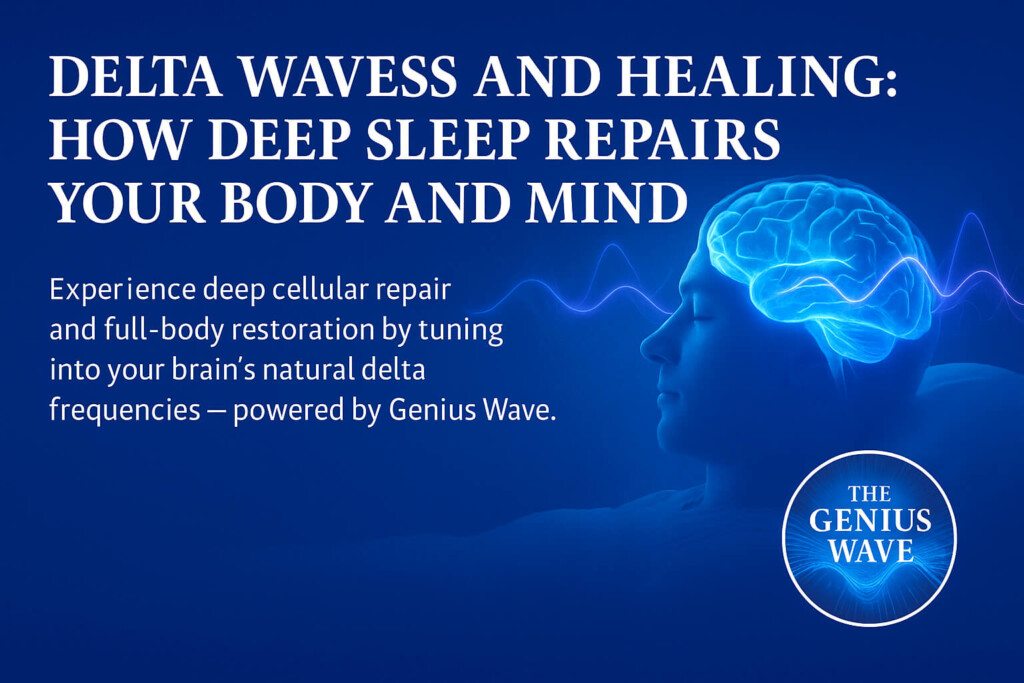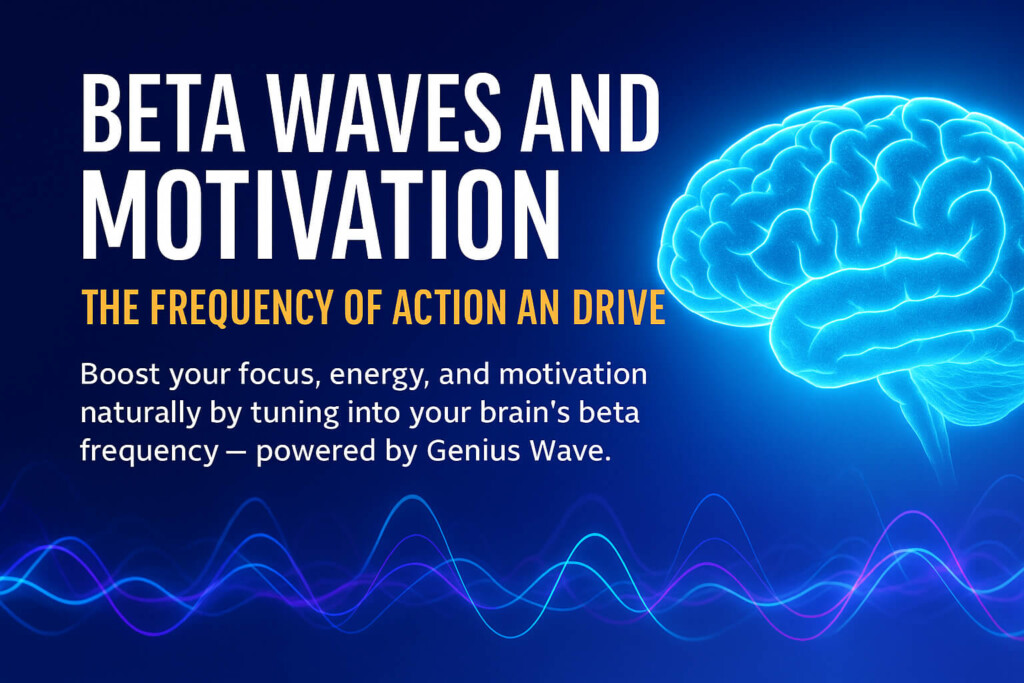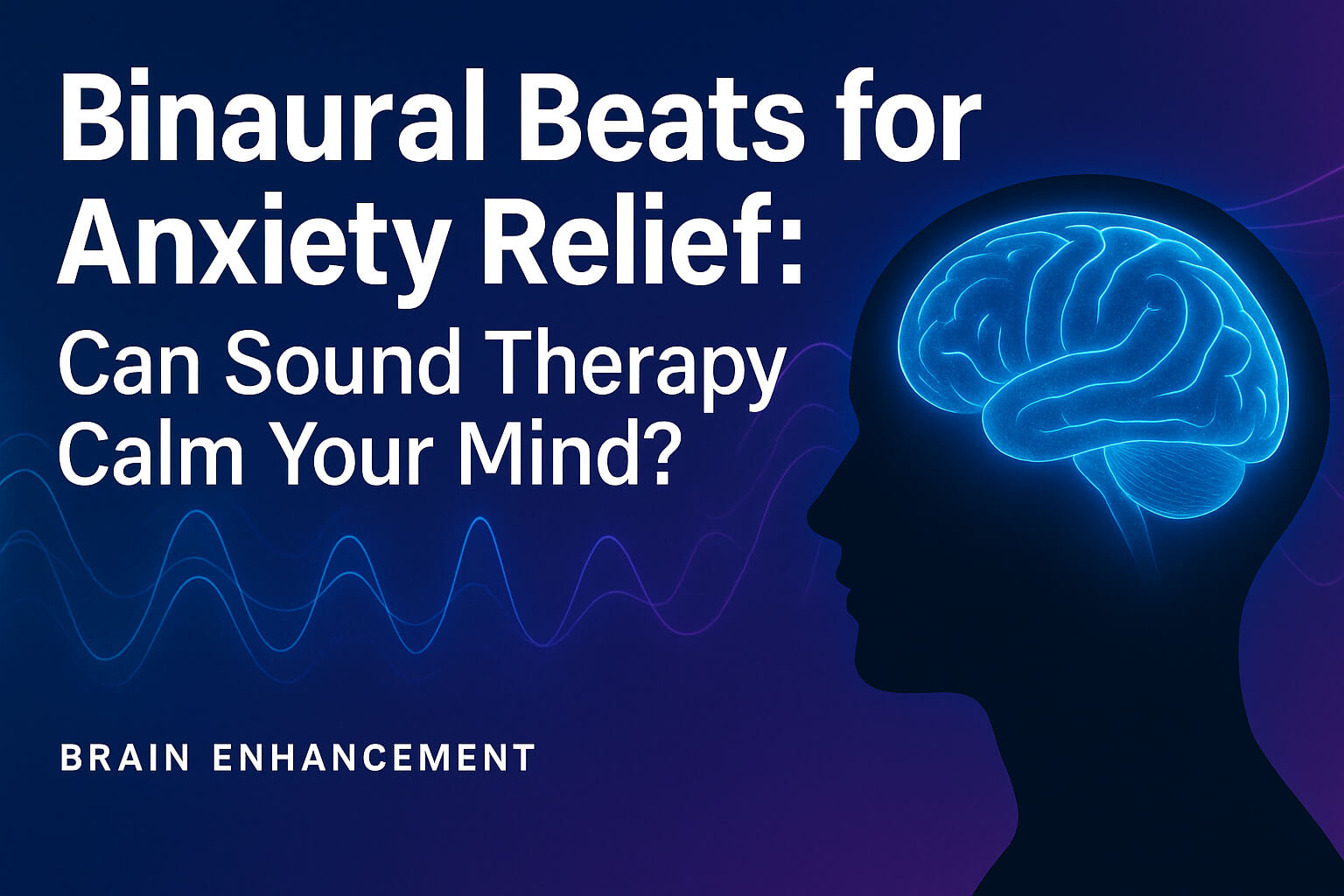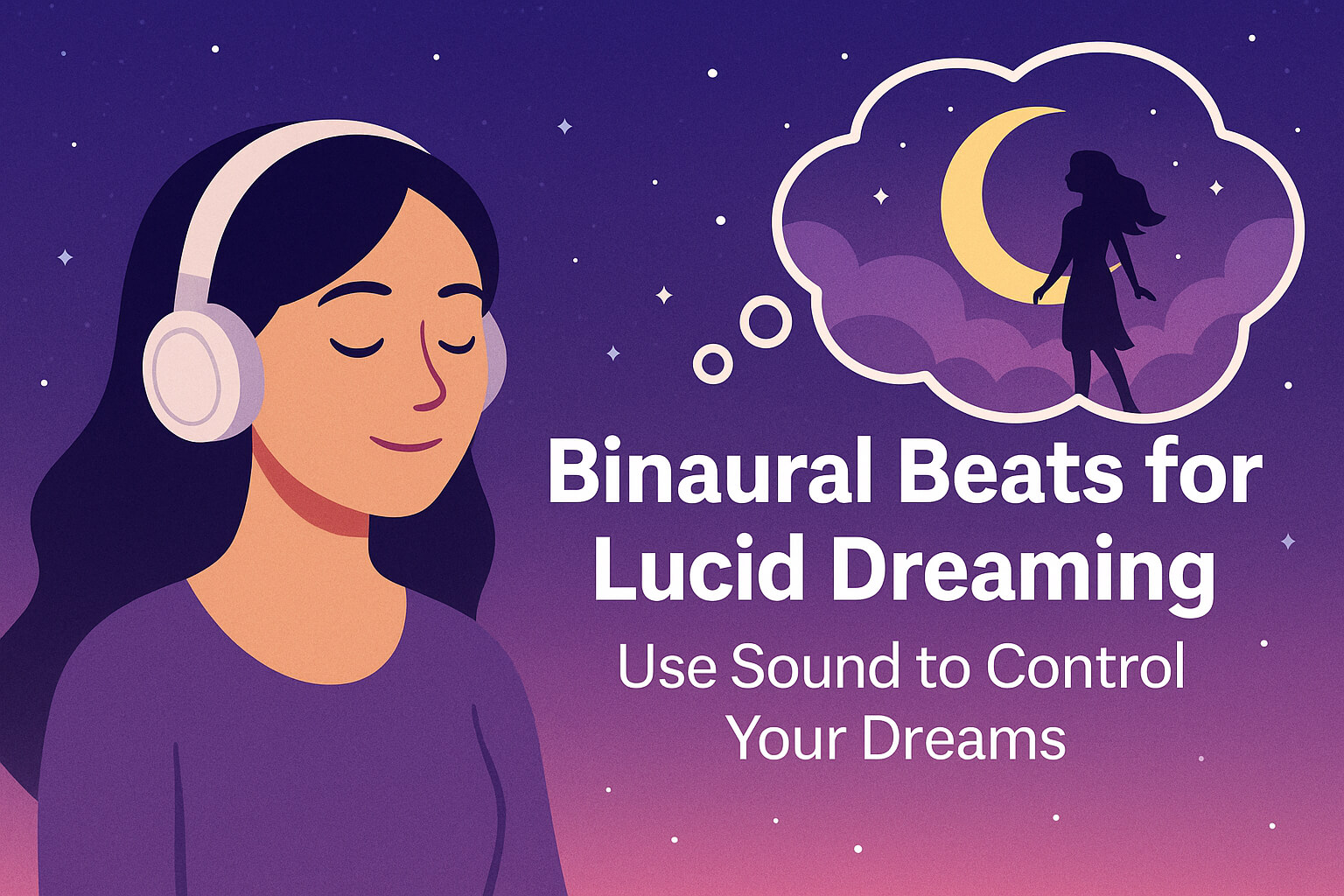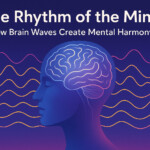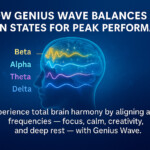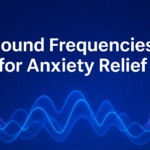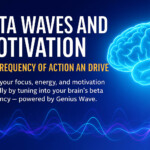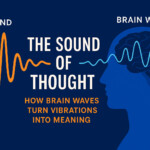Now Reading: Neurofeedback vs. Binaural Beats: Which Brain Training Method Works Best?
- 01
Neurofeedback vs. Binaural Beats: Which Brain Training Method Works Best?
Neurofeedback vs. Binaural Beats: Which Brain Training Method Works Best?
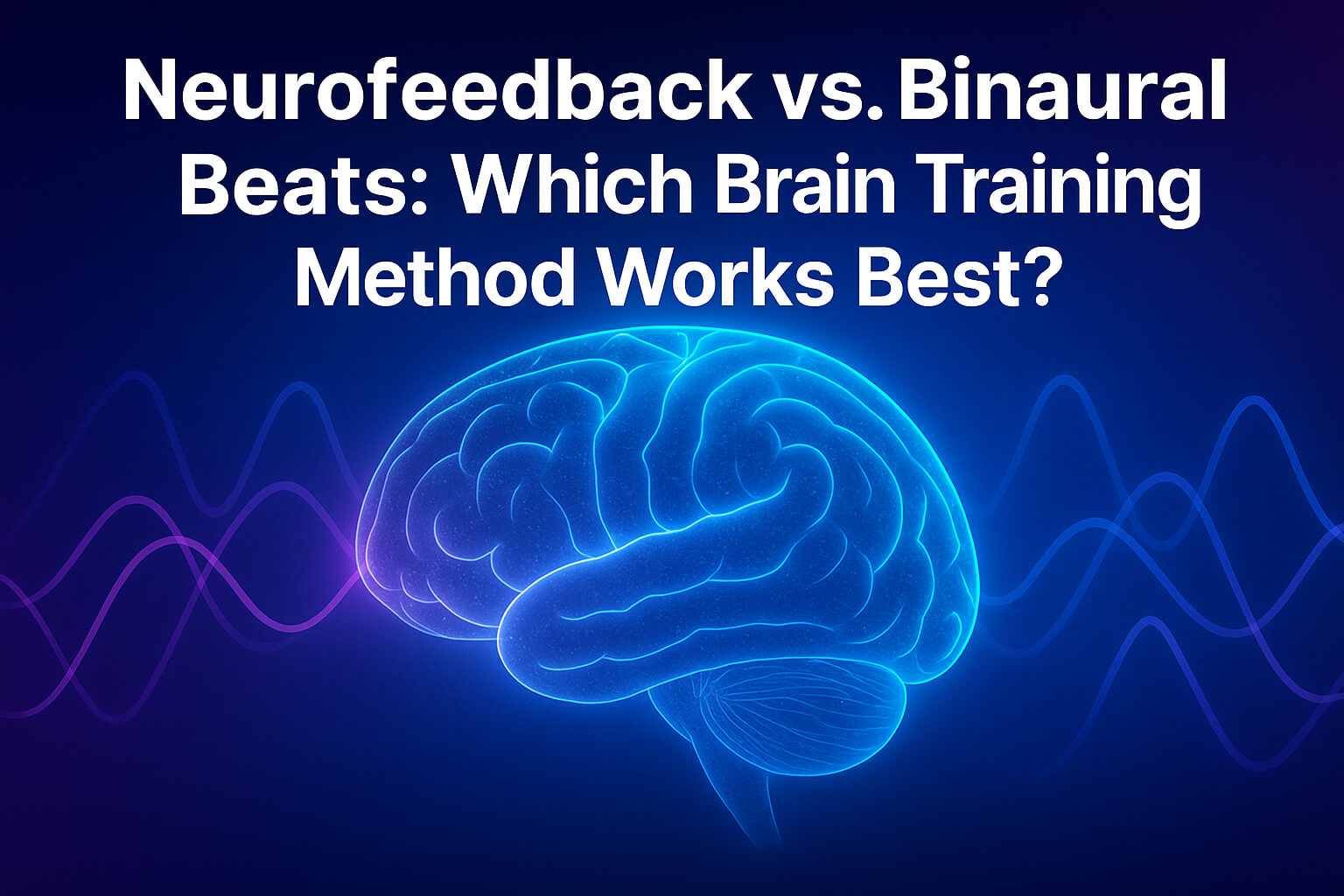
Neurofeedback vs. Binaural Beats: Which Brain Training Method Works Best?
In the world of cognitive enhancement, two modern methods have captured the attention of scientists, psychologists, and self-improvement enthusiasts alike: Neurofeedback and Binaural Beats.
Both claim to enhance focus, reduce stress, and unlock peak brain performance — but their approaches couldn’t be more different.
Let’s dive into how each works and which one might be right for you.
🎧 What Are Binaural Beats?
Binaural beats are a form of audio brainwave entrainment. By listening to two slightly different frequencies — one in each ear — your brain detects the difference and synchronizes with it.
For example, if you hear 200 Hz in one ear and 210 Hz in the other, your brain creates a 10 Hz frequency internally, which aligns with Alpha brain waves, known for relaxation and mental clarity.
This subtle frequency alignment helps induce different mental states:
Alpha waves (8–13 Hz): Calm focus and relaxation
Beta waves (14–30 Hz): Alertness and problem-solving
Theta waves (4–7 Hz): Creativity, meditation, and intuition
Listening regularly can improve focus, reduce anxiety, and promote better sleep.
👉 Try the official Genius Wave audio to experience how sound can unlock your focus potential.
🧠 What Is Neurofeedback?
Neurofeedback is a real-time training system that measures your brainwave activity using EEG sensors.
It gives you immediate feedback through sound or visual cues when your brain enters a desired state — for instance, when you become focused or relaxed.
Over time, this feedback helps your brain learn to self-regulate its activity, improving attention, emotional control, and overall mental performance.
Unlike binaural beats, neurofeedback is interactive and data-driven, often used by therapists and clinics for advanced brain training.
⚖️ Comparing the Two Approaches
Both methods aim to optimize mental performance but work through very different mechanisms.
Binaural Beats are passive and accessible — anyone can use them with a pair of headphones. They’re ideal for relaxation, focus, or sleep improvement.
Neurofeedback, on the other hand, is more precise and measurable, allowing users to consciously train their brain through feedback loops. It’s often used in clinical or professional settings.
While binaural beats are great for daily mental maintenance, neurofeedback offers long-term rewiring and measurable progress.
💡 Which One Works Best?
If you’re looking for an easy and affordable way to enhance focus and mood, binaural beats (like the Genius Wave program) are an excellent starting point.
But if you prefer data-driven, professional-level training, neurofeedback may offer deeper, lasting results.
In truth, combining both methods creates the best of both worlds — daily sound-based focus enhancement and long-term cognitive self-mastery.
🧘 Final Thoughts
Whether you choose binaural beats or neurofeedback, the goal remains the same: to achieve better mental clarity, balance, and self-awareness.
Your mind can be trained — and with the right tools, you can shape it into its most focused, creative, and powerful form.
